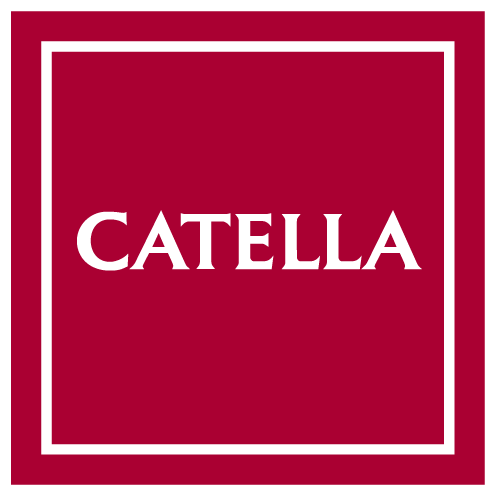Both stock markets and interest rates fell steeply in January 2016, and risk premiums rose in the wake of falling oil prices and concerns about underlying growth. After a period of recovery during the spring, the worries returned with a vengeance in connection with Britain’s vote on EU membership. Brexit became a fact, and all assets associated with risk fell again in late June. From this low point, however, the second half of the year was really strong despite an unlikely election victory in the United States and continuing concerns about European banks.
The start of the year was also shaky for our funds, with weak performance by several of our products in both absolute and relative terms. Just as for the market as a whole, this turmoil peaked around mid-year and was followed by a clear recovery. In the period from May to September we recruited six new portfolio managers, and all our funds have since demonstrated gradually improving returns, both absolutely and relatively. Active management should be evaluated over a longer period than this. In the short term, random variation tends to blur the picture and there is a risk of drawing the wrong conclusions. What we know for certain is that we today have a management team with combined experience of 190 years and with backgrounds from many different organisations and management styles. It is my firm conviction that solid company knowledge and extensive experience of active management are the foundation of good portfolio management.
Since the financial crisis of 2008 we have gradually become accustomed to expansionary interest rate policy. Ever since then, the US policy rate has been at 0 percent and a number of major markets have successively followed suit. The very first increase in the US was made at the end of 2015, but after renewed turbulence in the markets additional planned hikes were postponed. It was not until a year later that the policy rate could again continue its normalisation. We know that this will affect the market. During the autumn we have seen a clear shift, with even long-term rates starting to rise; this movement was triggered by expectations of more expansionary fiscal policy after the US presidential election. In a global market that has become accustomed to extremely low interest rates over a number of years, the transition could be painful. All asset classes are in some way dependent on interest rates. A change will therefore trigger reallocations and the view of certain asset classes. As usual it is difficult to predict exactly what this will lead to. We know, however, that low interest rates have led to generally higher risk adoption than previously, as investors have fled from low-yielding risk-free investments in the search for higher returns. This could be a painful lesson for anyone who has ignored the risks in their search.
Our ambition at Catella is to always do our best. To attempt to take the wisest decisions we can, while focusing on our clients, and to be clear and transparent in how we think and act. Regardless of whether market conditions are easy or difficult, this is our mission and our calling. We can always do a little better. Irrespective of the turmoil in the market, we strive be there for our clients and to always be an asset. A partner that you can have a direct and open dialogue with and that you can rely on even in tough times, with the knowledge that we always intend to do our best.
Thank you once again for your confidence in us!
Important Information
Investments in fund units are associated with risk. Past performance is no guarantee of future returns. The money invested in a fund can increase and decrease in value and it is not certain that you will get back the full amount invested. No consideration is given to inflation. The Catella Balanserad, Catella Credit Opportunity and Catella Hedgefond funds are special funds under the Swedish Alternative Investment Fund Managers Act (SFS 2013:561) (AIFM). Catella Reavinstfond and Catella Småbolagsfond may use derivatives, and the value of the funds may vary significantly over time. The value of Catella Sverige Index may vary significantly over time. Catella Avkastningsfond may use derivatives and may have a larger proportion of the fund invested in bonds and other debt instruments issued by individual national and local authorities and within the EEA than other mutual funds, in accordance with Chapter 5, Article 8 of the Swedish Investment Funds Act (SFS 2004:46). Catella Nordic Long Short Equity and Catella Nordic Corporate Bond Flex may use derivatives and may have a greater proportion of the funds invested in bonds and other debt instruments issued by individual national and local authorities and within the EEA than other mutual funds. For more details, complete prospectuses, key investor information, and annual and half-yearly reports, please refer to our website at catella.se/fonder or phone +46 8 614 25 00.

